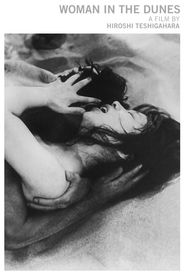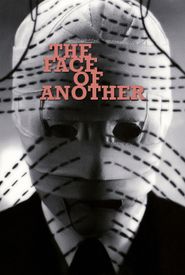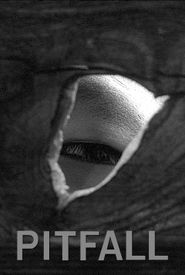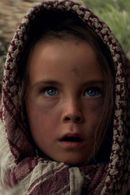Kôbô Abe embarked on a journey to medical school, driven by a desire to appease his parents. However, his true passion lay elsewhere, and he became increasingly fascinated with the art of writing. During his time as a student, he managed to secure the publication of a short story in a magazine, marking the beginning of his foray into the world of literature.
As Abe progressed through his medical studies, he encountered numerous obstacles, ultimately failing his exams twice. In a bold move, he petitioned to be granted a third opportunity to pass, provided he would never pursue a career in medicine. This unconventional arrangement allowed him to focus on his true calling, and he dedicated himself to the craft of writing.
The 1960s proved to be a pivotal decade for Abe, as he adapted several of his novels into films. These projects included The Man Without a Map, The Box Man, Woman in the Dunes, and The Face of Another. Although his foray into filmmaking ultimately proved unsuccessful, the experience left a lasting impact on his career.
Abe's literary works often explored unconventional themes, frequently incorporating elements of surrealism and science fiction. His writing often delved into the world of medicine, frequently featuring medical doctors and medical terminology. In fact, his stories often took on a Kafkaesque quality, blurring the lines between reality and illusion.
In his later years, Abe continued to push the boundaries of his craft, exploring complex themes and ideas in his writing. His final book, Kangaroo Notebook, was published posthumously and serves as a thought-provoking exploration of his favorite themes: the tension between illusion and reality.

















